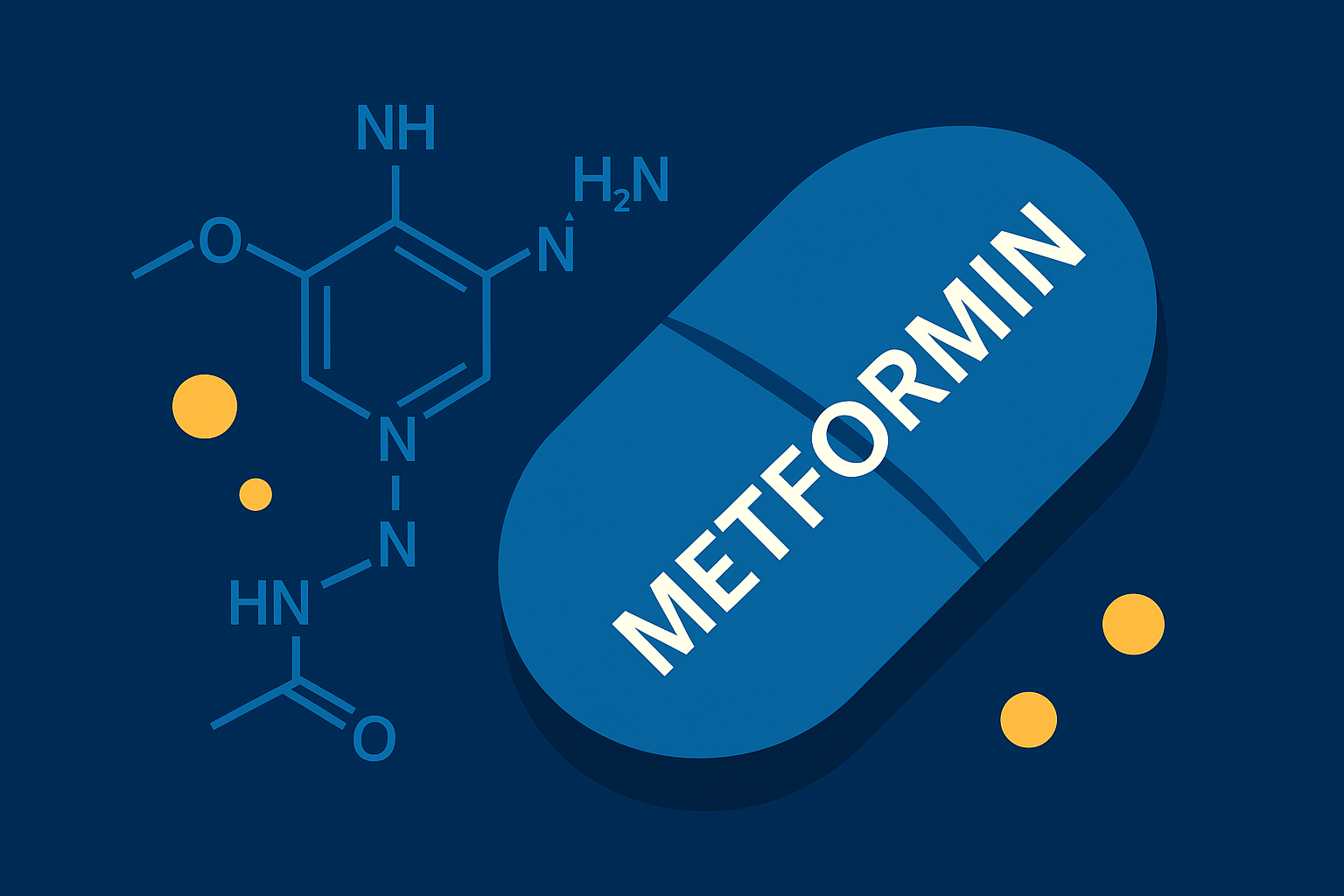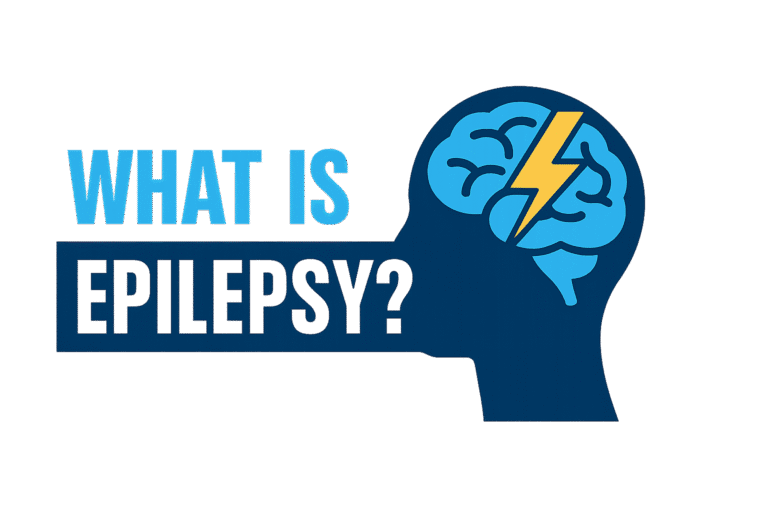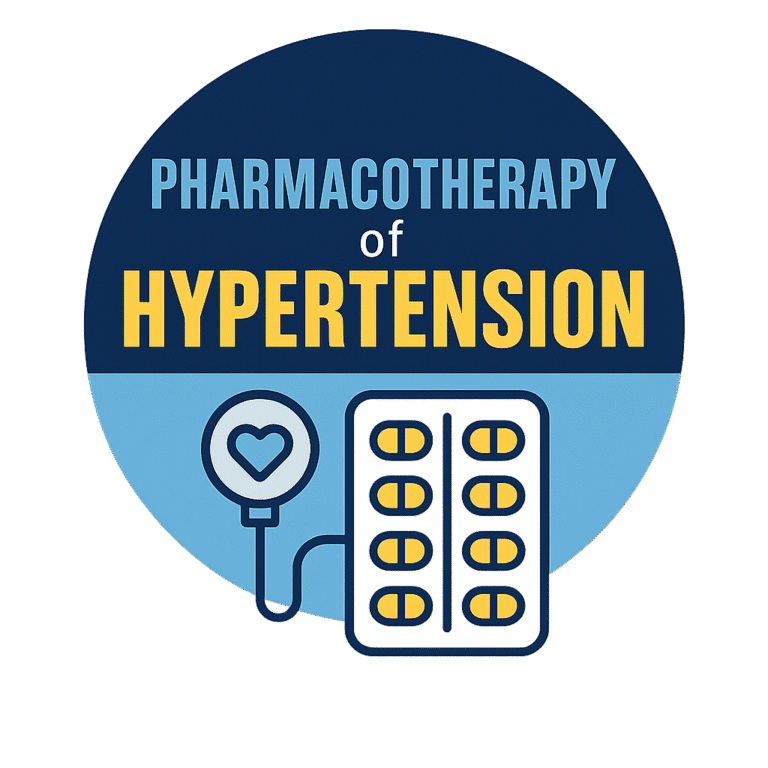Understanding Pharmaceutical Excipients in Tablet Formulations
When you take a tablet for a headache or a chronic condition, you’re likely focused on the active pharmaceutical ingredient (API) – the compound responsible for the therapeutic effect. However, APIs often make up only a small portion of the tablet. The rest is composed of pharmaceutical excipients – the unsung heroes that ensure the medication is safe, stable, effective, and easy to take.
What Are Pharmaceutical Excipients?
Pharmaceutical excipients are inactive substances formulated alongside the active ingredient of a medication. While they don't provide any therapeutic effect, they play critical roles in the manufacturing process and the final performance of the dosage form.
In tablet formulations, they help to:
- Bind the ingredients together
- Facilitate disintegration so the tablet breaks down properly in the body
- Enhance solubility or bioavailability of poorly soluble drugs
- Improve taste and appearance
- Ensure the stability and shelf-life of the drug
- Aid in compression and manufacturing processes
Common Types of Excipients in Tablets
1. Diluents (Fillers)
Add bulk when the API dose is small. Common examples:

- Lactose
- Microcrystalline cellulose
- Mannitol
- Dicalcium phosphate
2. Binders
Help tablets hold their shape. Examples:
- Starch paste
- Povidone (PVP)
- Gelatin
- Hydroxypropyl methylcellulose (HPMC)
3. Disintegrants
Enable tablets to break apart in the body. Common options:
- Croscarmellose sodium
- Sodium starch glycolate
- Crospovidone
4. Lubricants
Reduce friction during tablet manufacturing. Examples:

- Magnesium stearate
- Stearic acid
- Talc
5. Glidants
Improve powder flow before compression. Example:
- Colloidal silicon dioxide
6. Coating Agents
Used to mask taste, control release, or protect the tablet. Examples:
- Hydroxypropyl methylcellulose (HPMC)
- Shellac
- Eudragit® polymers
7. Coloring and Flavoring Agents
Improve aesthetic and sensory qualities, especially important for pediatric and geriatric use.
Safety and Regulatory Considerations
Excipients must be pharmaceutically acceptable, non-toxic, and inert. Regulatory bodies like the FDA, EMA, and ICH provide strict guidelines and databases on their usage. Some excipients can cause allergic reactions, so careful selection is crucial.
The Future of Excipients
New technologies like 3D printing and targeted delivery systems are expanding excipient roles. From enhancing solubility to creating complex controlled-release systems, excipients are at the heart of pharmaceutical innovation.
Final Thoughts of Excipients
Though often overlooked, excipients are fundamental to the success of any tablet formulation. They transform unstable compounds into reliable, effective, patient-friendly medications.
For more information join OPRA Exam Preparation Course
Are you ready to take the next step toward becoming a pharmacist in Australia or New Zealand?





